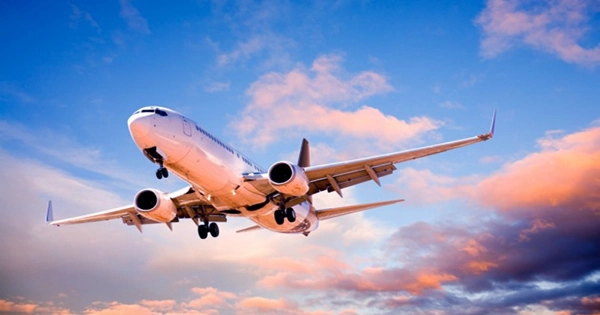A pilot has scrawled “RELAX” in the sky with his plane along Moldova’s border, possibly in an attempt to calm increasing tensions amid fears of a Russian invasion of Ukraine. Although it is unknown whether sky-based diplomacy has ever been successful, we – and the approximately 30,000 individuals who are watching the journey in real-time – appreciate the efforts.
The pilot’s message is a viewable courtesy to Flightradar 24, a live aircraft tracking website that occasionally displays any unusual messages it encounters, ranging from Valentine’s Day messages to COVID vaccination launch celebrations to… crab. Flights over Ukraine have sparked a lot of interest recently, as concerns linger that the increasing military presence on both borders could lead to a Russian invasion.
Despite Russian President Vladimir Putin’s claims that his forces are withdrawing from the Ukrainian border, NATO commanders say over 7,000 extra troops have arrived in the previous two days. Fightradar 24 reported on February 15 that a US Air Force Northrop Grumman RQ-4A Global Hawk flying over Ukraine was the site’s most tracked flight.
The RELAX message is not subtle at over 3,000 meters (10,000 feet) in altitude and roughly 130 kilometers (80 miles) in width. According to Flightradar 24 data, the Air Moldova plane, which also has the callsign RELAX, took off from Chisinau, Moldova’s capital, on February 17 for a 1-hour 40-minute flight. It remains to be seen whether the message will be enough to prevent an invasion. It could’ve been a lot worse. We don’t know who Ryan is, but he appears to be displeasing to someone.
As tensions between Russia and Ukraine escalate, the Ukrainian military prepared for a possible confrontation has begun training in an unusual location: the Chernobyl exclusion zone. The abandoned and collapsing adjacent town of Pripyat is giving the military a unique place to exercise urban warfare, far from any residents that may get caught in the drills. It’s also the ideal setting for running through classified military operations and identifying flaws in the region – that is until they allowed a swarm of foreign journalists to observe.
Journalists from around the world observed as the Ukrainian Army engaged in live-fire drills in the lonely streets of Pripyat, demonstrating the lessons gained since the invasion of Crimea in 2014. The exhibition was ostensibly a show of strength, but it actually serves as a powerful propaganda tool to counter Moscow’s increasing propaganda.














